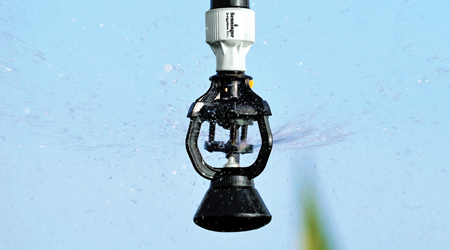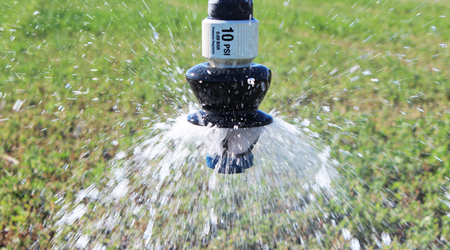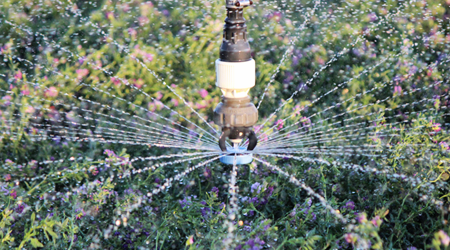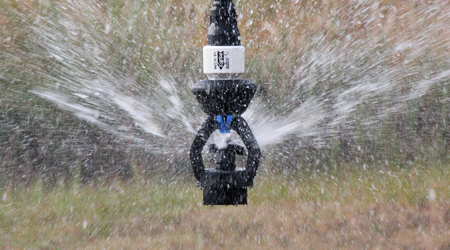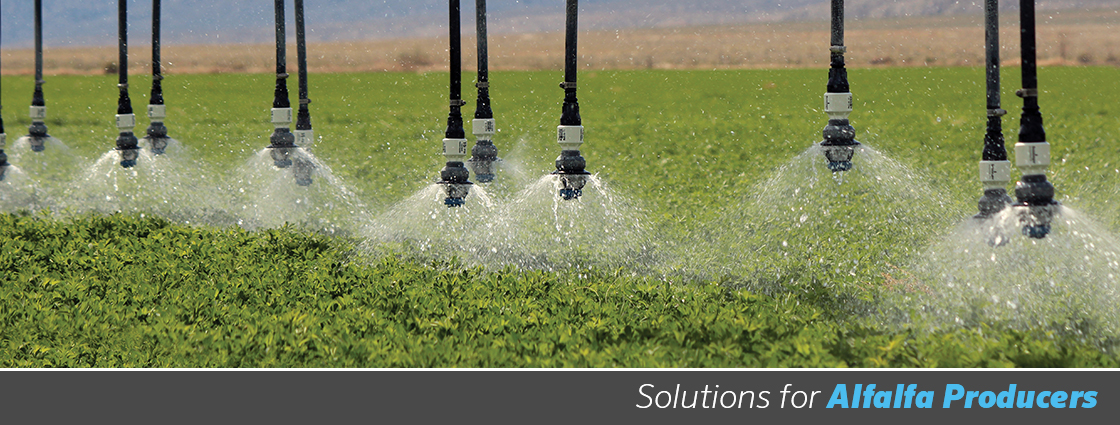
Alfalfa’s water requirements are comparable to that of crops like spinach, wheat, almonds or corn, but its long growing season and high acreage make it one of the most-water-intensive crops. It takes about 4 to 6 inches (10 to 15 cm) of supplemental irrigation to produce each ton (11 to 17 cm per ton) of dry hay.
Senninger® sprinklers are designed to save water by combating wind-drift and evaporation. Their uniform distribution pattern helps achieve a more uniform root zone coverage, which results in higher moisture levels.

Control Your Pressure
Every system experiences pressure fluctuations, resulting in unwanted flow deviations and over and under-watering. Regulators maintain a constant preset outlet pressure with varying inlet pressures, which alleviates pressure differences that can cause an applicator’s area of coverage to change.
Learn More


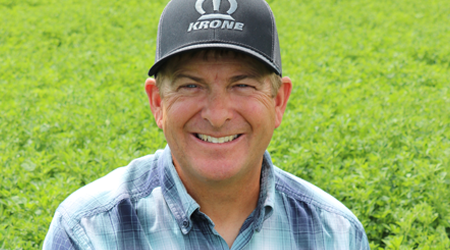
Dyer, NV United States
"It's all about efficiency. We found out real quick that if we got more water on the ground, we can cut back on the amount of water we were using. We think we can cut pumping expenses, save water, and at the same time we're growing more crop. And all the water was going to the ground.” - John Maurer

Southwest Arizona, United States
"We use a lot of Close Spacing in this area -- probably 99% of everything that I sell with sprinklers is Close Spacing. 30-inch spacing will come out traditionally between 98 and 99% uniformity and distribution of water applied. You can't get that with the sprinkler that's ten feet apart and five feet off the ground."
- Rick Grimes

